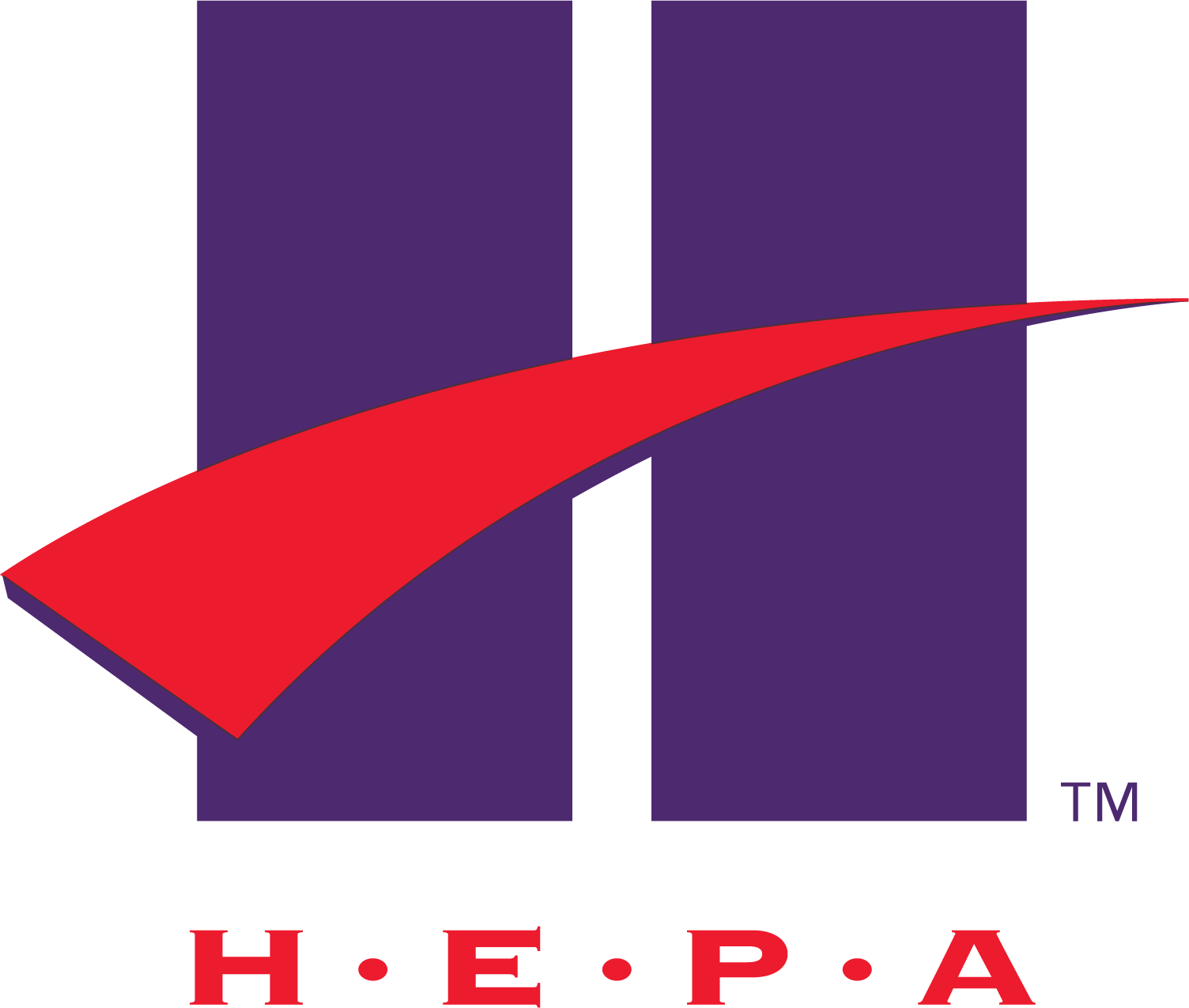HEPA FILTER
HEPA (High Efficiency Particulate Air) filters have solidified their status as the industry standard due to their exceptional ability to capture microscopic particles with high efficiency. These filters, composed of densely packed fibres, are designed to trap particles as small as 0.3 microns with an efficiency of 99.97%. Their effectiveness in removing allergens, dust, bacteria, viruses, and other airborne contaminants is unparalleled, making them indispensable in environments where air quality is paramount. Whether in cleanrooms, hospitals, laboratories, or residential settings, HEPA filters provide a critical line of defence against harmful pollutants, promoting healthier and safer indoor environments. Their proven performance, reliability, and adherence to stringent regulatory standards have cemented HEPA filters as the trusted choice for maintaining pristine air quality across various industries.
